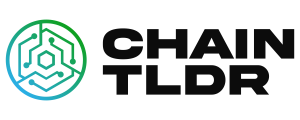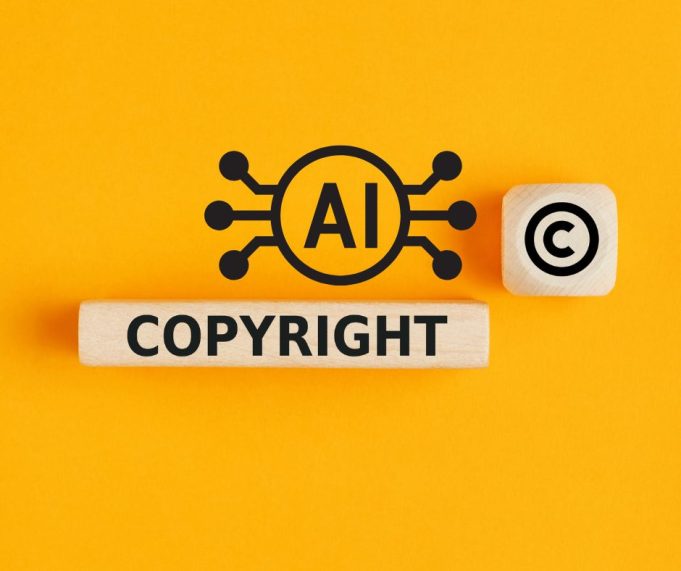AI works refer to works that are independently generated by AI systems without human participation in the creation, and that formally meet the requirements of the copyright law. With the development of AI technology, the role of machines in creation has changed from assisting human creation in the past to autonomous creation with human assistance, which subverts the concept of works in copyright law to a certain extent, and also brings about the copyright of AI works. The legal nature of AI works is unclear, and whether they are copyright works is still controversial. In judicial practice, there are requirements to determine that AI works are not protected by law, and some require that AI be identified as the copyright owner, and there are requirements to identify the designers, owners, users and other related natural rights of AI systems. Human rights holders. Despite the controversy, AI works are increasingly being recognized as copyright works, and the legal protection of AI works is gradually being clarified.
AI works are the result of intelligent machines imitating human creation and cannot be directly regulated by copyright law. However, AI works have the basic characteristics of traditional works, such as being expressed in the form of text or graphics, reproducible, and having a certain degree of originality. AI works should be regulated as a new type of works, with copyright owners only enjoying copyright property rights, shorter protection periods for works, and the need to declare that they are generated by AI. AI works have the potential to save manpower, help humans quickly create certain types of works in batches, and enrich the public’s demand for new content, making them an important part of the development of cultural and scientific undertakings.
AI-generated content (AIGC) is a technology that can generate 3D scenes and characters according to user preferences. However, the development of XR technology is still limited and there are security issues such as user data leakage and illegal collection. To idealize AIGC, AI needs to have “consciousness” formation, which refers to the creative consciousness that can be created based on unused semantic information, environment, concepts, etc. With the rapid development of deep neural networks, artificial intelligence will be continuously refreshed, accompanied by stronger understanding and generation capabilities of artificial intelligence, and digital content will also reach new heights.
The copyright of AI works should be enjoyed by the software developers, owners and users who contribute to the generation of AI works. Software developers are rewarded from software copyright, while the copyright of AI works is mainly distributed between software owners and users. Software owners should enjoy the initial copyright of AI works to promote the use and maintenance of AI software, while users who make major contributions to the generation of AI works can also enjoy the copyright. This can stimulate the use of AI software and the dissemination of works, and make the AI software more “smart” and more powerful.













